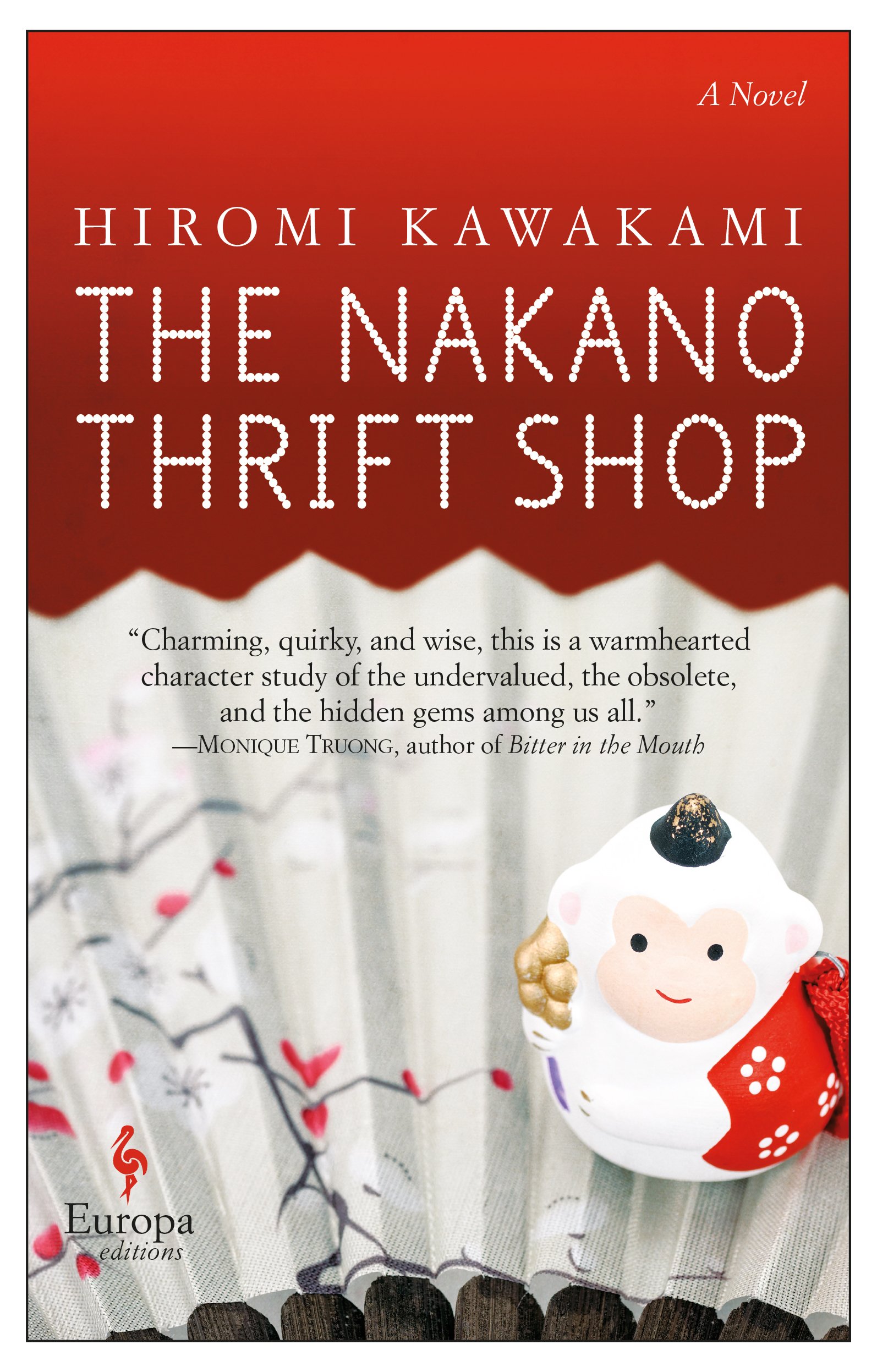

Genre: Short Stories,Books,Fiction & Literature,įrom the author of the internationally bestselling Strange Weather in Tokyo, a collection of interlinking stories that masterfully blend the mundane and the mythical-"fairy tales in the best Brothers Grimm tradition: naïf, magical, and frequently veering into the macabre" ( Financial Times ).Ī bossy child who lives under a white cloth near a tree a schoolgirl who keeps doll's brains in a desk drawer an old man with two shadows, one docile and one rebellious a diplomat no one has ever seen who goes fishing at an artificial lake no one has ever heard of.Each chapter is named after and related to an object sold in the store.

If you like this, read: The Nakano Thrift Shop (Granta, 2017, $19.94, available here), Kawa-kami's novel about a young woman working in a thrift store and her relationship with a co-worker. Somehow, it is fitting for a novelist who puts the prickly, passionate and mad things in life under her microscope of fiction. My favourite bit of trivia about her is that she wrote her biology thesis at Ochanomizu University on the reproduction of sea urchins. Perhaps best known outside of Japan for her novel Strange Weather In Tokyo, shortlisted for the 2012 Man Asian Literary Prize, Kawakami deserves a wider international readership. I prefer to think of her aesthetic as a syncretism of influences ranging from Shinto Buddhist beliefs of spiritual energy residing in nature and objects to Shonen Jump manga. Terms like "nonchalant magic realism" have been used to describe Kawakami's surreal style. Yet, one could just as well enjoy these enigmatic works at entertaining face value. One could read these eruptions of strangeness as a way of dealing with repressed societal and historical trauma. Kawakami - born in Tokyo in 1958 and a much-lauded figure in contemporary Japanese literature - is particularly skilled at starting an ordinary anecdote and then making a hairpin turn into the realm of weirdness.Įpidemics and revolutions break out, individual buildings secede from the rest of Japan and then, just as suddenly, collective amnesia sets in. Its universe alternately shrinks and expands, in a comfortingly perpetual portrait of this singular estate - even as it acknowledges the inevitability of impersonal, urban living. This stylistic device or way of ordering the collection is what gives the fictional neighbourhood its nostalgic, timeless quality. The narrator sometimes sounds like a schoolgirl struggling with the complexities of friendship in the next story, she possesses the worldliness of a grown woman looking back on her childhood. Time in these stories does not move in a linear fashion.


As a result, curious things are told with that mix of misplaced wonder and naive acceptance peculiar to children.Ī dark detail, such as a child-corrupting mass murderer in the townfolk's midst, is relayed matter-of-factly, glossed over by the messed-up priorities of the kooky inhabitants.


 0 kommentar(er)
0 kommentar(er)
